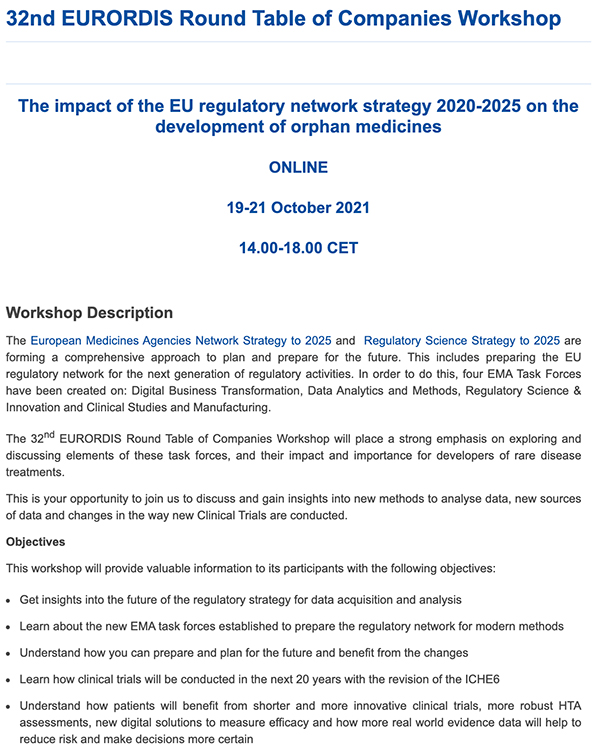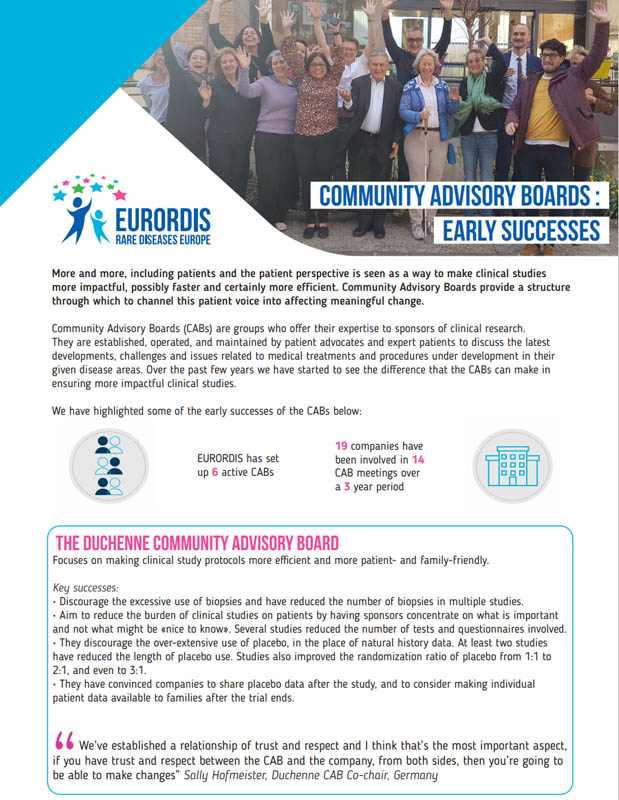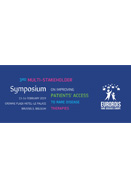
Treatments are essential for people living with a rare disease. They can provide relief from symptoms, slow the progression of the disease, and, in some cases, even cure the condition. For people with rare diseases, treatments can be life-changing, improving their health and quality of life, and enabling them to fully participate in society.
However, despite the importance of treatments, many people with rare diseases do not have access to them. This is due to a range of factors, including the high cost of developing and producing treatments for rare diseases and the lack of research into these conditions.
Ensuring the accessibility, affordability, and availability of treatments for rare diseases is critical. Accessible treatments mean that people, no matter where they live, can easily get the help they need. Affordable treatments ensure that individuals can access these crucial interventions without facing financial hardships. Moreover, the availability of treatments must be consistent to ensure ongoing care. Lastly, ensuring the effectiveness of these treatments is equally important, to make sure that interventions not only exist but also deliver meaningful improvements in health outcomes.
The EU Regulation on Orphan Medicinal Products has been successful in attracting investment to the development of therapies for life-threatening or debilitating diseases for millions of people who previously lacked satisfactory treatment options. Although over 2,000 orphan designations and roughly 200 orphan medicines have been authorised since 1999, there remain issues with national-level pricing and reimbursement decisions that prevent patients from accessing treatments. Many patients have also received treatments that are intended to treat or cure a different disease through off-label use.
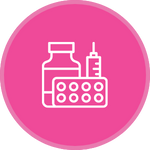
22% of people with rare diseases could not get, in 2019, the treatments they needed because it was not available where they live.

12% of people with rare diseases could not get, in 2019, the treatments they needed because they could not pay for it.
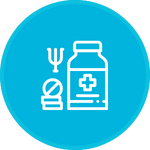
1/3 of people with rare diseases have never received a treatment directly linked to their rare disease, because it does not exist.
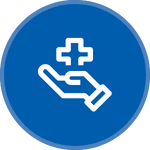
94% of rare diseases don’t have a specific treatment
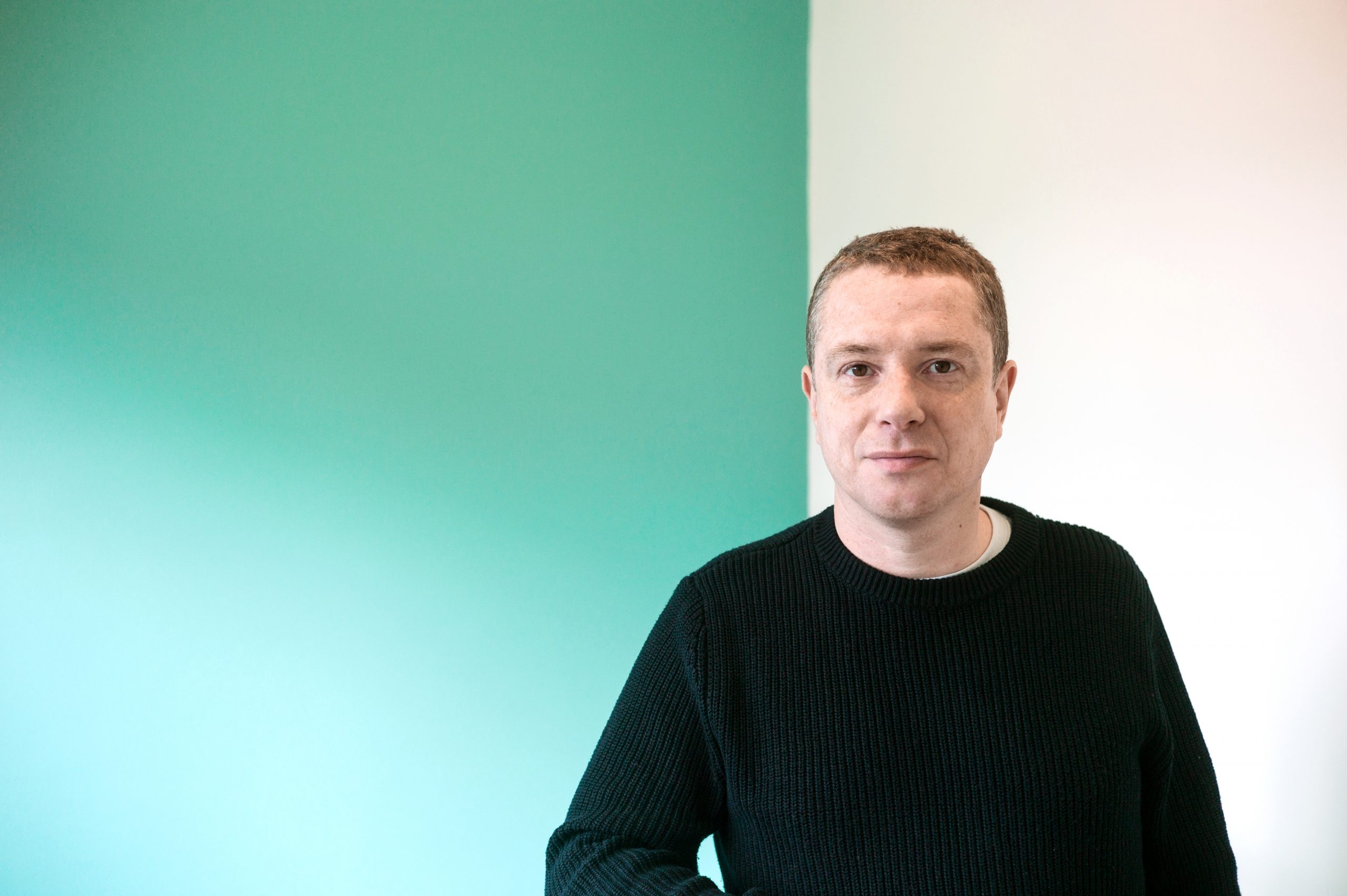
“EURORDIS was a huge source of support in our advocacy throughout the process which led to the European Medicines Agency giving a positive opinion for a treatment for AKU. The EURORDIS Summer School in June 2011 was a particular highlight as it opened my mind to the whole regulatory process and helped define our strategy ”
Nick Sireau, Chair & CEO, AKU SocietyEURORDIS Objectives in Treatments
EURORDIS aims to create a research, development, and delivery ecosystem for rare disease therapies in Europe that is co-designed by both the public and private sectors. This ecosystem must remain concerted for success, and tailored approaches to care, research, and treatment may be required for diseases that have historically been neglected or for whom curative treatments have not yet materialised. We are committed to working towards the faster uptake of new technologies and the adaptation of decision-making processes to make treatments available, accessible, and affordable for all rare disease patients, no matter where they live.
When it comes to treatments for rare diseases, our key objectives are:
1
Ensure accessible treatments: people with rare diseases, no matter where they live, should easily get the help they need.
2
Promote affordable treatments: those living with a rare disease should be able to access crucial interventions without facing financial hardships.
3
Maintain consistent availability of treatments: ongoing care requires the reliable presence of necessary interventions.
4
Prioritise treatment effectiveness: interventions should not only exist but also deliver meaningful improvements in health outcomes.
EURORDIS initiatives, projects and networks
EURORDIS is dedicated to enhancing access to treatments and therapies for individuals living with rare diseases through a range of initiatives, projects, and collaborations at European and International levels.


